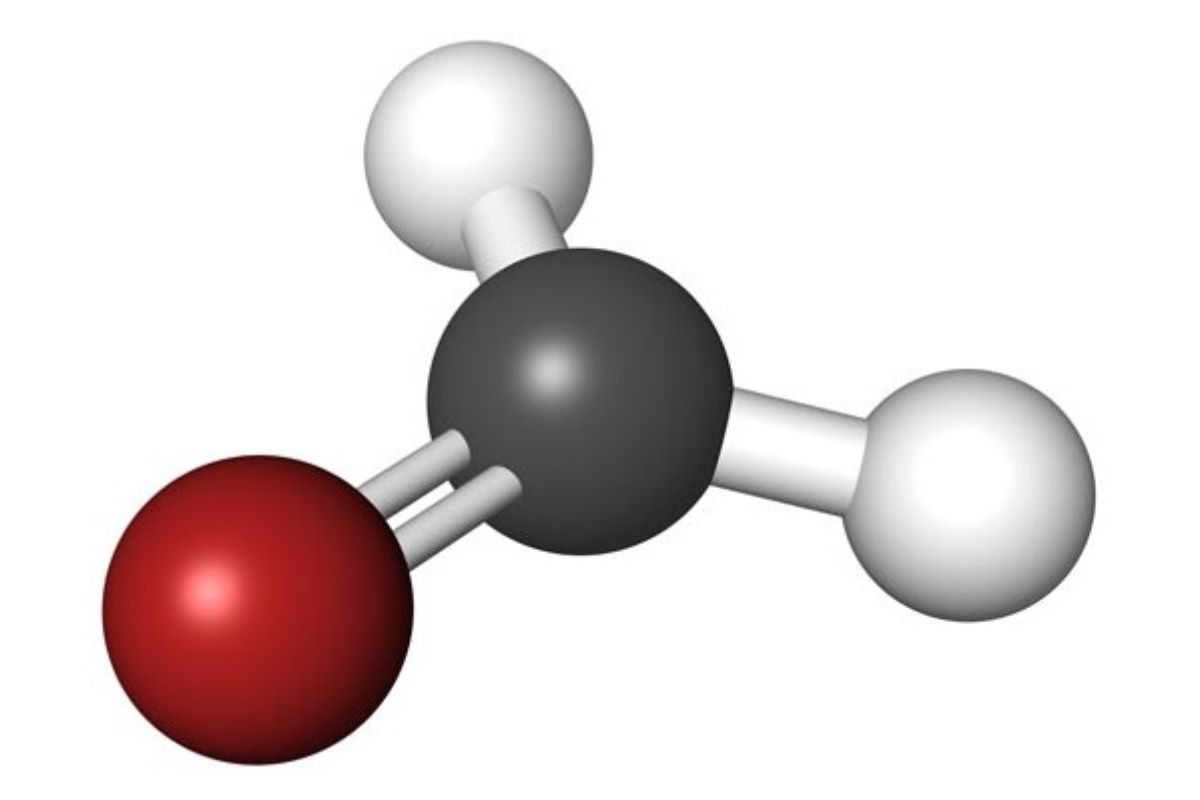
Aldehydes are a fascinating group of organic compounds that play a crucial role in chemistry and everyday life. But what exactly are aldehydes? These compounds contain a carbonyl group (a carbon double-bonded to oxygen) attached to at least one hydrogen atom. They are known for their distinct, often pungent odors and are found in everything from perfumes to food flavorings. Aldehydes also serve as important intermediates in various chemical reactions, making them indispensable in industrial applications. Whether you're a student, a curious mind, or someone diving into the world of chemistry, understanding aldehydes can open up a whole new perspective on the substances that shape our world.
What Are Aldehydes?
Aldehydes are organic compounds containing a carbonyl group bonded to a hydrogen atom and an R group, which can be a hydrogen atom or any alkyl or aryl group. They play a significant role in various chemical reactions and are found in many natural and synthetic substances.
- Aldehydes have the general formula R-CHO, where R can be a hydrogen atom or a hydrocarbon group.
- The simplest aldehyde is formaldehyde (H-CHO), which is a gas at room temperature.
- Aldehydes are often used in the production of perfumes and flavorings due to their strong, pleasant odors.
- They are also key intermediates in the synthesis of alcohols, acids, and other compounds.
Natural Occurrence of Aldehydes
Aldehydes are not just confined to laboratories; they are found in nature and play crucial roles in various biological processes.
- Vanillin, the primary component of vanilla bean extract, is an aldehyde.
- Cinnamaldehyde gives cinnamon its distinctive flavor and aroma.
- Benzaldehyde, which smells like almonds, is found in almonds and cherry pits.
- Retinal, an aldehyde form of vitamin A, is essential for vision.
Industrial Uses of Aldehydes
Aldehydes are indispensable in many industrial applications, from manufacturing to preservation.
- Formaldehyde is used in the production of resins, plastics, and textiles.
- Glutaraldehyde serves as a disinfectant and sterilizing agent in medical settings.
- Acetaldehyde is a precursor in the production of acetic acid, perfumes, and flavors.
- Butyraldehyde is used in the manufacture of rubber accelerators, solvents, and plasticizers.
Chemical Reactions Involving Aldehydes
Aldehydes are highly reactive and participate in a variety of chemical reactions, making them versatile in synthetic chemistry.
- Aldehydes can undergo oxidation to form carboxylic acids.
- They can be reduced to primary alcohols using reducing agents like lithium aluminum hydride.
- Aldehydes participate in nucleophilic addition reactions, forming compounds like cyanohydrins.
- The Cannizzaro reaction involves the disproportionation of non-enolizable aldehydes to form an alcohol and a carboxylic acid.
Health and Safety Aspects of Aldehydes
While aldehydes are useful, they can also pose health risks if not handled properly.
- Formaldehyde is a known carcinogen and can cause respiratory issues and skin irritation.
- Acetaldehyde is also considered a potential carcinogen and can cause symptoms like headaches and dizziness.
- Proper ventilation and protective equipment are essential when working with aldehydes to minimize exposure.
- Some aldehydes, like cinnamaldehyde, can cause allergic reactions in sensitive individuals.
Aldehydes in Everyday Life
Aldehydes are more common in daily life than one might think, appearing in various household products and foods.
- Many essential oils, such as those from citrus fruits, contain aldehydes that contribute to their fragrance.
- Aldehydes are used in the formulation of some cleaning products due to their strong odors and disinfectant properties.
- They are also present in certain preservatives used in cosmetics and personal care products.
- Aldehydes can be found in smoked foods, contributing to their flavor and aroma.
- Some aldehydes are used in the synthesis of pharmaceuticals, playing a role in the production of drugs like sedatives and antiseptics.
The Final Word on Aldehydes
Aldehydes are fascinating compounds with a wide range of applications. From their role in organic chemistry to their presence in everyday products like perfumes and preservatives, these molecules are everywhere. They play a crucial part in the flavor and fragrance industries, adding unique scents and tastes to various items. Additionally, aldehydes are essential in pharmaceuticals, helping create life-saving drugs.
Understanding aldehydes can give you a deeper appreciation for the science behind many products you use daily. Whether you're a student, a professional chemist, or just curious, knowing these facts can be quite enlightening. So next time you catch a whiff of a pleasant aroma or enjoy a flavorful dish, remember the tiny aldehyde molecules making it possible. Keep exploring and stay curious about the world of chemistry!
Was this page helpful?
Our commitment to delivering trustworthy and engaging content is at the heart of what we do. Each fact on our site is contributed by real users like you, bringing a wealth of diverse insights and information. To ensure the highest standards of accuracy and reliability, our dedicated editors meticulously review each submission. This process guarantees that the facts we share are not only fascinating but also credible. Trust in our commitment to quality and authenticity as you explore and learn with us.
